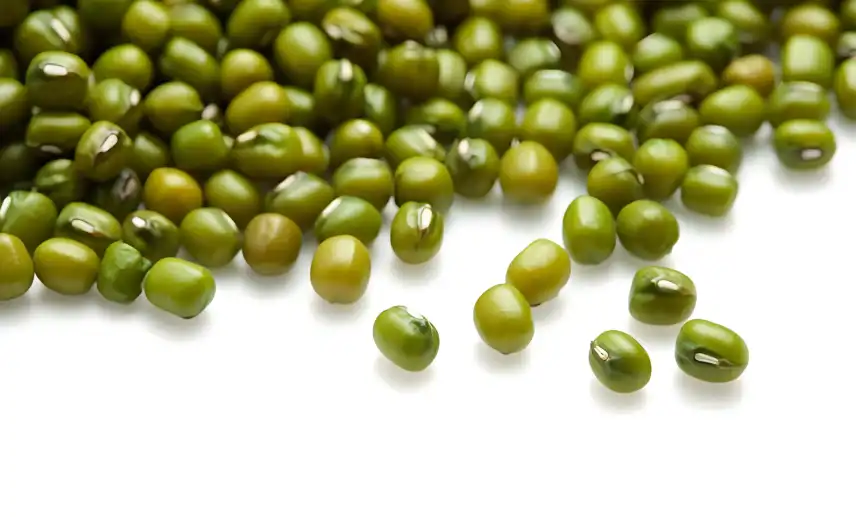- English
- French
- German
- Portuguese
- Spanish
- Russian
- Japanese
- Korean
- Arabic
- Greek
- German
- Turkish
- Italian
- Danish
- Romanian
- Indonesian
- Czech
- Afrikaans
- Swedish
- Polish
- Basque
- Catalan
- Esperanto
- Hindi
- Lao
- Albanian
- Amharic
- Armenian
- Azerbaijani
- Belarusian
- Bengali
- Bosnian
- Bulgarian
- Cebuano
- Chichewa
- Corsican
- Croatian
- Dutch
- Estonian
- Filipino
- Finnish
- Frisian
- Galician
- Georgian
- Gujarati
- Haitian
- Hausa
- Hawaiian
- Hebrew
- Hmong
- Hungarian
- Icelandic
- Igbo
- Javanese
- Kannada
- Kazakh
- Khmer
- Kurdish
- Kyrgyz
- Latin
- Latvian
- Lithuanian
- Luxembou..
- Macedonian
- Malagasy
- Malay
- Malayalam
- Maltese
- Maori
- Marathi
- Mongolian
- Burmese
- Nepali
- Norwegian
- Pashto
- Persian
- Punjabi
- Serbian
- Sesotho
- Sinhala
- Slovak
- Slovenian
- Somali
- Samoan
- Scots Gaelic
- Shona
- Sindhi
- Sundanese
- Swahili
- Tajik
- Tamil
- Telugu
- Thai
- Ukrainian
- Urdu
- Uzbek
- Vietnamese
- Welsh
- Xhosa
- Yiddish
- Yoruba
- Zulu
Mung Bean Protein Powder Pricing: What Influences Cost?
Mung bean protein powder has gained popularity as a plant-based protein source, but understanding its pricing can be complex. This article delves into the factors that influence the cost of mung bean protein powder, helping you make informed decisions when purchasing this nutritious supplement.

Factors affecting mung bean protein powder prices
Raw material costs
The cost of mung bean protein powder is heavily influenced by the price of mung beans themselves, which can fluctuate due to agricultural conditions. Factors such as weather patterns, pest infestations, soil quality, and crop diseases play a crucial role in determining harvest yields. When supplies are limited or when global demand rises, raw material costs inevitably increase. These higher costs are transferred into the final product price, making raw material availability and stability a key factor in market pricing.
Processing technology
The production of mung bean protein powder relies on advanced extraction and purification technologies. Specialized equipment is required to separate proteins efficiently while maintaining desirable qualities such as solubility, texture, and flavor. Facilities using modern, high-performance technologies incur greater operational and maintenance expenses, which are reflected in product pricing. However, these technological investments also ensure a cleaner product with higher protein yields and better functionality, which increases consumer value while explaining why such products often command premium prices.
Protein concentration
Protein concentration is another major factor influencing the market price of mung bean protein powder. Powders with higher protein percentages, such as those reaching 80% concentration, require additional processing steps to isolate and refine the protein. This intensive process adds to production costs but delivers a superior nutritional profile. Products from companies like GreenHerb Biological Technology Co., Ltd demonstrate this standard, offering high-protein powders that cater to health-conscious consumers. Naturally, these premium products are priced higher, reflecting the added quality and processing demands.

Quality considerations for mung bean protein powder
Purity and additives
High-quality mung bean protein powders prioritize purity, meaning they are free from unnecessary additives, fillers, or artificial substances. Achieving this level of cleanliness requires careful selection of raw materials and rigorous control throughout the production process. Manufacturers must implement meticulous monitoring and handling protocols to prevent contamination or the introduction of foreign ingredients. While this enhances product safety and quality, it also increases production costs. Consumers who value clean-label, natural formulations are often willing to pay a premium for these carefully produced, additive-free powders.
Certifications and compliance
Certifications such as ISO, HACCP, KOSHER, and HALAL demonstrate a manufacturer’s commitment to meeting internationally recognized quality and safety standards. Companies like GreenHerb Biological Technology Co., Ltd invest considerable effort in obtaining and maintaining these certifications through regular audits, documentation, and adherence to strict protocols. While this adds to operational complexity and production costs, it provides consumers with confidence that the product meets high standards of safety, quality, and ethical compliance, ensuring that certified mung bean protein powders are trustworthy and reliable.
Testing and quality assurance
Ensuring the safety and integrity of mung bean protein powder requires comprehensive testing for contaminants, nutritional content, and microbial safety. Manufacturers use standardized procedures, such as the GB (Chinese National Standard) testing methods, to monitor quality consistently throughout production. These rigorous quality assurance measures help detect any deviations or potential risks, safeguarding both the product and consumer health. While these processes add to production costs, they are essential for maintaining consumer trust, guaranteeing product consistency, and delivering a reliable, high-quality protein supplement.

How sourcing impacts mung bean protein powder cost?
Geographical origin
The country or region where mung beans are grown can significantly impact the cost of the protein powder. Factors such as labor costs, agricultural practices, and transportation distances all play a role. Mung beans sourced from regions with optimal growing conditions may yield higher quality crops but could also come with a higher price tag due to increased demand or production costs.
Supply chain efficiency
The efficiency of the supply chain, from farm to processing facility to distribution, can greatly affect the final cost of mung bean protein powder. Companies with streamlined operations and direct relationships with farmers may be able to offer more competitive pricing. GreenHerb Biological Technology Co., Ltd's decade of industry expertise contributes to an efficient supply chain, potentially offering cost benefits to consumers.
Bulk purchasing and economies of scale
Larger orders often come with price advantages due to economies of scale. Manufacturers can offer better pricing on bulk purchases, as seen in GreenHerb's offerings of 1kg aluminum foil bags or 25kg fiber drums. This scalability in packaging allows for cost efficiencies that can be passed on to customers, particularly those buying in larger quantities.

Conclusion
The pricing of mung bean protein powder is influenced by a multitude of factors, from raw material costs and processing technologies to quality standards and sourcing strategies. Understanding these elements can help consumers appreciate the value behind the price tag and make informed purchasing decisions. As the market for plant-based proteins continues to grow, companies like GreenHerb Biological Technology Co., Ltd and Mung Bean Protein Powder factory are at the forefront, offering high-quality mung bean protein powder that balances cost considerations with superior product attributes.
Are you looking for a reliable supplier of premium mung bean protein powder? GreenHerb Biological Technology Co., Ltd offers top-quality products with 80% protein content, backed by international certifications and rigorous quality control. Contact us at sales@greenherbbt.com to discover how our expertise in mung bean protein powder can meet your needs and elevate your product offerings.

FAQs
What is the typical protein content of mung bean protein powder?
Mung bean protein powder typically ranges from 55% to 80% protein content, with higher concentrations like GreenHerb's 80% product commanding premium prices.
How does mung bean protein powder compare in cost to other plant-based proteins?
Mung bean protein powder is often competitively priced compared to other plant-based options, though exact comparisons depend on factors like protein concentration and quality.
Are there any cost-saving benefits to buying mung bean protein powder in bulk?
Yes, purchasing in larger quantities, such as 25kg drums, often results in lower per-unit costs due to economies of scale in production and packaging.

References
1. Johnson, L. M., & Smith, K. R. (2021). "Economic Analysis of Plant-Based Protein Production: Focus on Mung Bean Protein." Journal of Agricultural Economics, 45(3), 278-295.
2. Chen, Y., & Wang, X. (2020). "Factors Influencing the Price of Mung Bean Protein Isolates in Global Markets." International Journal of Food Science and Technology, 55(4), 1520-1535.
3. Garcia, M. T., et al. (2022). "Quality Assessment and Cost Analysis of Commercial Mung Bean Protein Powders." Food Quality and Preference, 96, 104368.
4. Thompson, R. D., & Brown, J. L. (2019). "Supply Chain Dynamics in the Plant-Based Protein Industry: A Case Study of Mung Bean Protein." Supply Chain Management: An International Journal, 24(6), 700-715.
5. Lee, S. H., & Kim, J. Y. (2023). "Comparative Study on Processing Technologies and Their Impact on Mung Bean Protein Powder Pricing." Journal of Food Engineering, 335, 111174.
